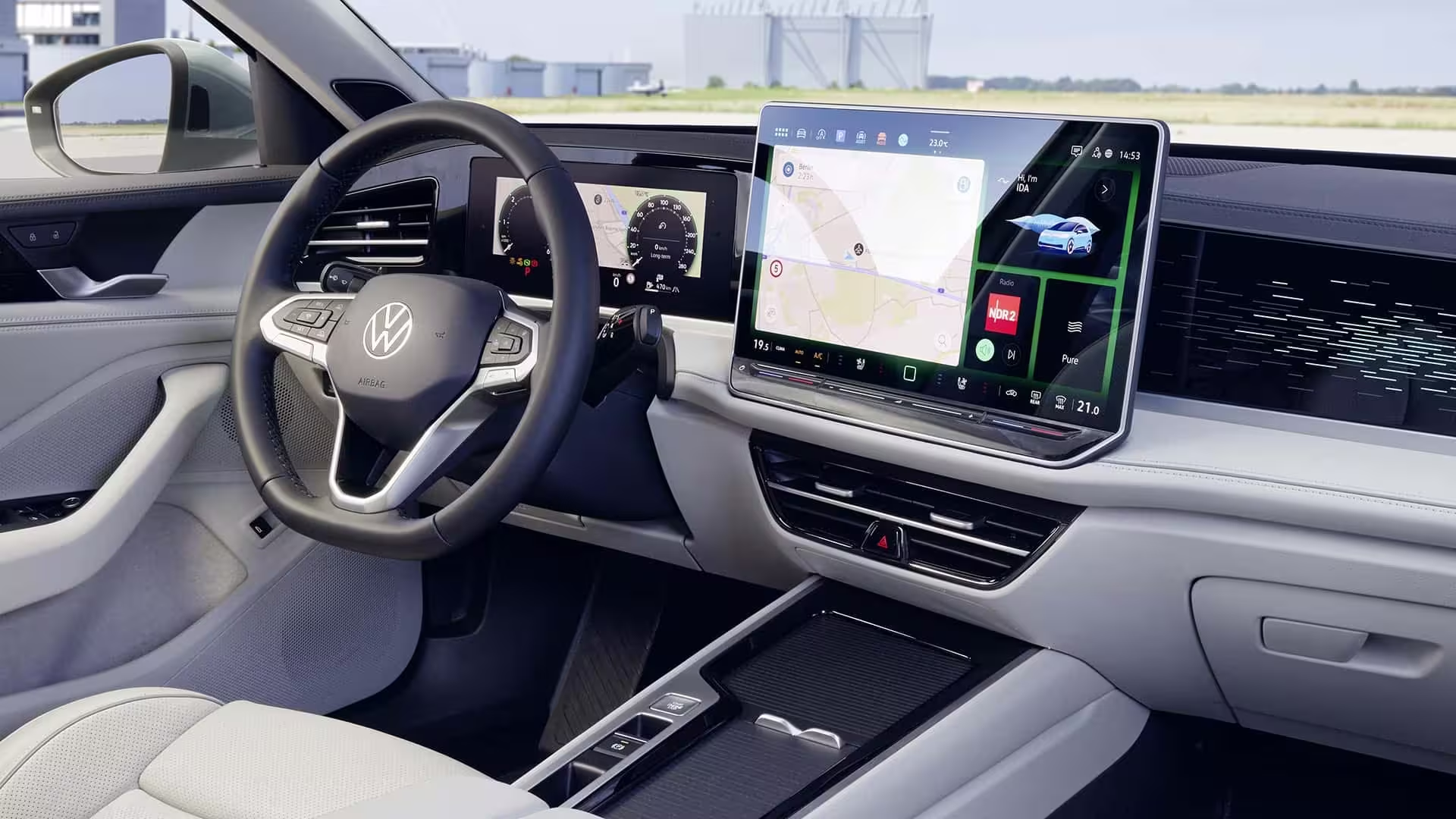3 Minutes
The Return of Tactile Controls: Listening to European Car Buyers
For years, Volkswagen (VW) built its reputation on high-quality interiors that effortlessly blended analog controls with digital sophistication. But over the past decade, the brand shifted toward minimalist dashboards, leaving behind familiar physical buttons in favor of touchscreen interfaces. Now, following strong feedback from drivers, Volkswagen is embracing a return to tactile controls—a move set to reshape the cabins of its upcoming vehicles across Europe and other markets.
Dashboard Design: Striking a Balance Between Buttons and Screens
Many car enthusiasts and long-time VW owners, such as drivers of the previous-generation Skoda Octavia, praise the older Volkswagen Group models for their thoughtfully arranged dashboards. These interiors struck the perfect balance, with physical buttons and switches providing direct, intuitive access to essential car features, while well-integrated touchscreens added modern flair. After the late 2010s, however, VW embraced a screen-heavy design language, phasing out buttons in a push for minimalism and digital sophistication. While this looked futuristic, it also left many drivers frustrated over usability—especially when managing climate control or quickly adjusting audio settings required multiple taps or swipes.
What European Customers Really Want
Ralf Brandstätter, head of Volkswagen in China, has recognized these shifting consumer demands. He notes that European car buyers consistently prioritize “tactile controls, reliability, and engaging driving dynamics.” This stands in marked contrast to trends in the Chinese automotive market, where younger buyers increasingly seek AI-powered features, voice-activated systems, and seamless connectivity, turning their car dashboards into smart cockpits.

Vehicle Specifications & Industry Comparisons
Recent Volkswagen models like the new, wagon-only Passat and the all-electric ID.7 Tourer have seen dashboards dominated by large, tablet-style displays with minimal physical controls. While these EVs boast the latest in infotainment technology, many European drivers miss the tactility and directness of physical buttons and knobs. VW’s design leadership has acknowledged this, with promises to reintroduce vital buttons for functions such as volume control, heating, fan speed, and hazard lights—beginning with the ID.2all and extending to future models.
Performance, Reliability, and User Experience
Physical buttons aren’t just about nostalgia; they play a major role in safety and ease of use. Knobs and switches provide immediate feedback, allowing drivers to make adjustments without diverting their eyes from the road. This tactile response is especially crucial for frequently used vehicle functions. VW’s commitment to bringing back these controls demonstrates a renewed focus on practical design, enhancing both the driving experience and day-to-day usability.
Market Positioning: VW vs. the Competition
VW’s decision could influence its sibling brands like Skoda, SEAT, and Cupra—known for sharing interior designs within the Volkswagen Group. By returning to more analog interfaces, Volkswagen aims to set itself apart from competitors who continue to push for completely digital touch interfaces. However, incorporating more physical controls may slightly increase manufacturing costs, a trade-off many buyers seem willing to accept for better ergonomics and reliability.
Looking Ahead: Adapting to Regional Preferences
A key takeaway from Brandstätter’s statements is that the average European EV buyer is 56 years old, compared to under 35 in China—a demographic difference that heavily shapes product design. Differing regulations, price sensitivities, and customer expectations mean that vehicles built for China’s digital-savvy market aren’t necessarily a fit for Europe’s analog-loving drivers.
Volkswagen’s focus on reintroducing physical dashboard controls highlights the brand’s commitment to building cars that suit the unique preferences of each market. As new models approach, fans can look forward to classic tactile ergonomics returning, ensuring VW continues to deliver on both innovation and driver satisfaction.


Comments